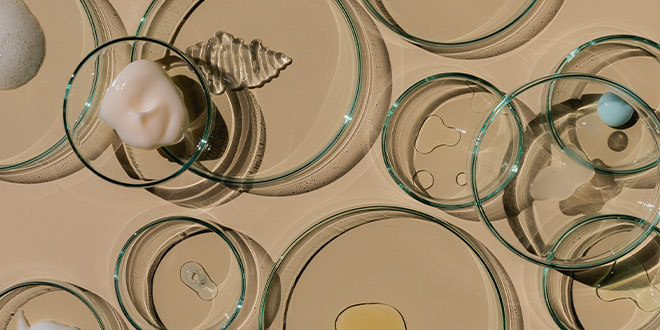
The Smithsonian is a fountainhead of fascination and wonder. But dig deep enough, and you’ll find that this venerable establishment is as obsessed with sex as the rest of us. Let’s take a look at some more things the Smithsonian taught me about sex in the natural world.

Slug At First Sight
The unassuming leopard slug may be slow and peaceful in the streets, but it’s a contortionist in the sheets and its reproductive process is strange and magnificent. While leopard slugs are hermaphrodites, they don’t self-fertilize, and in a satisfyingly progressive display of gender parity, they seek out partners with which to “symmetrically exchange sperm.” Which, you know, hot. Not all slugs need partners to reproduce, but those that do can do so with any other leopard slug they meet, and will only need to fertilize each other once in their lifetimes.
When two slugs meet, they will dangle from a branch or ledge, winding their bodies around each other while suspended upside down from a bungee cord of mucus. They will each uncoil an oddly beautiful, iridescent blue penis from their heads, which they hang beneath them. The translucent sex organs engorge and intertwine with each other, twisting around each other like a glistening chandelier, forming a pulsating conduit through which sperm is transferred. Afterward, they both ascend the mucus bungee or drop to the floor, and each will lay freshly-fertilized eggs.
Same-Sex Bird Couples
The Hawaiian albatross often mates for life. Awww. But… not with the partner it had sex with.
On the island of Oahu, females hugely outweigh males, and single-parent females find it difficult to incubate eggs, and feed themselves, and the chicks that eventually hatch, on their own. In these situations, the females will often couple up with each other to form a two-parent unit, sharing the responsibility of raising healthy offspring. These female relationships can last years, or lifetimes.
The albatross only raises one chick per year, which means good parenting is extremely important. And this arrangement has been going on so long that the birth rates seem to be altering to support the novel system: more female albatrosses are born than male, which suggests this is a perfectly workable arrangement.
Tongue-Twister
There’s no easy way to say this, so I’ll just say it: the tongue-eating louse is a marine parasite that wriggles its way through the gills of a hapless fish, change sex to female if necessary, eat the fish’s tongue, and replace it with its own body.
Once it has drained the tongue of blood, the female parasite will actually perform the function of the tongue for the fish, grinding down big morsels down to nutrient constituents, so the fish doesn’t die. When it’s not doing this, it’s mating with male lice that have also taken up residence in the fish’s mouth. Nature is weird.
Fighting For Custody
The ocean is a cacophony of terror and strangeness. The ocean floor is home to the hermaphroditic flatworm, which, and I’m not making this up, will swordfight with their penises until one of them is stabbed and fertilized. In short, the loser of the fight raises the kids.
Each of the flatworms has a pair of penises, which look like stubby, short daggers that teem with sperm. The penetration of the ‘opponent’ will discharge the sperm and fertilize the other’s eggs. So, the stakes of this duel are high.
Whiptail Nay Nay
The whiptail lizard, found predominantly in New Mexico, are one of the numerous all-female species, in which nature finally just gave up and said ‘fuck men’. Whiptail lizards reproduce entirely without male input, essentially cloning themselves in perpetuity, producing eggs with twice the typical number of chromosomes that can develop into embryos without being fertilized by sperm. Interestingly, there does seem to be a remnant of vestigial mating behavior, and females will sometimes mount each other.
The post 5 MORE Things The Smithsonian Taught Me About Sex appeared first on Volonté .
Intimate Tickles found this article quite interested, and we thought you might to. We give all the credit for this article to Stuart Nugent. Click Here To Read This Article From It's Original Source